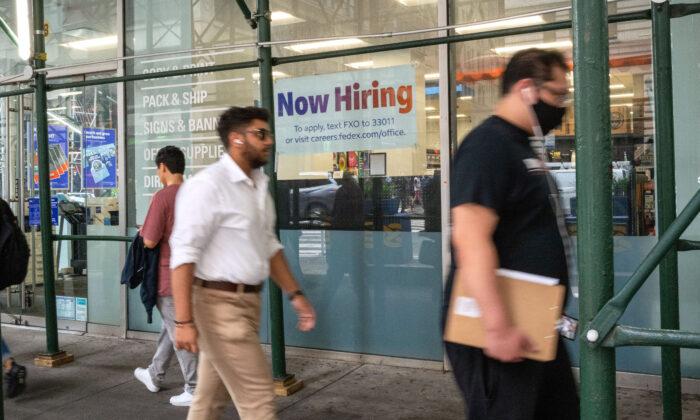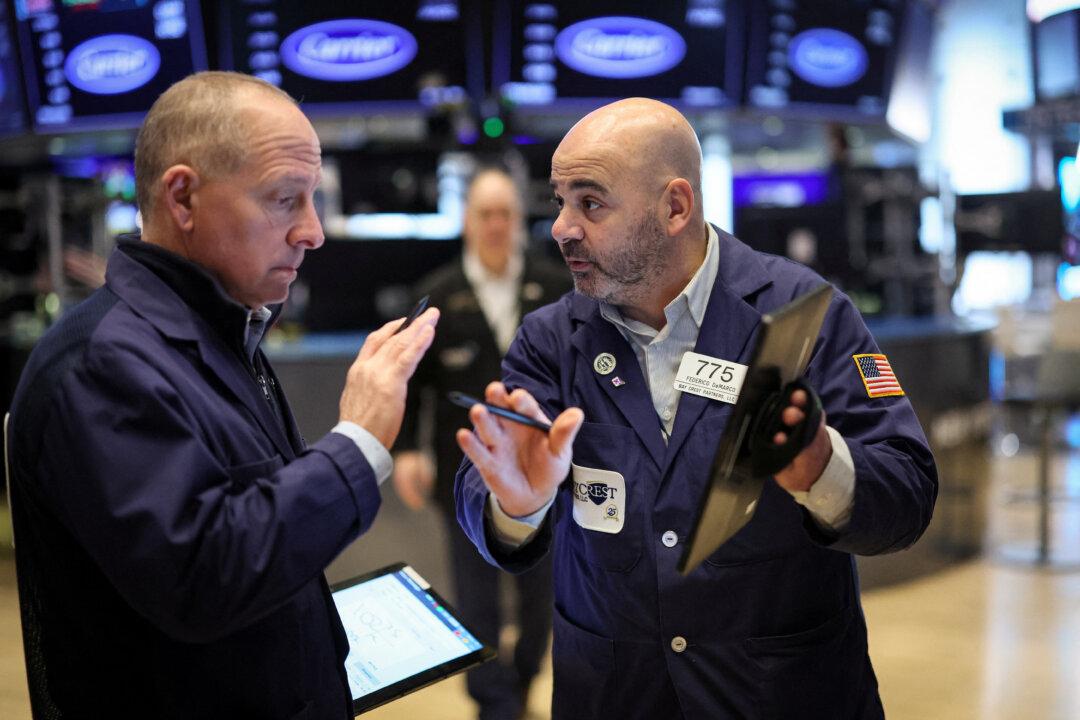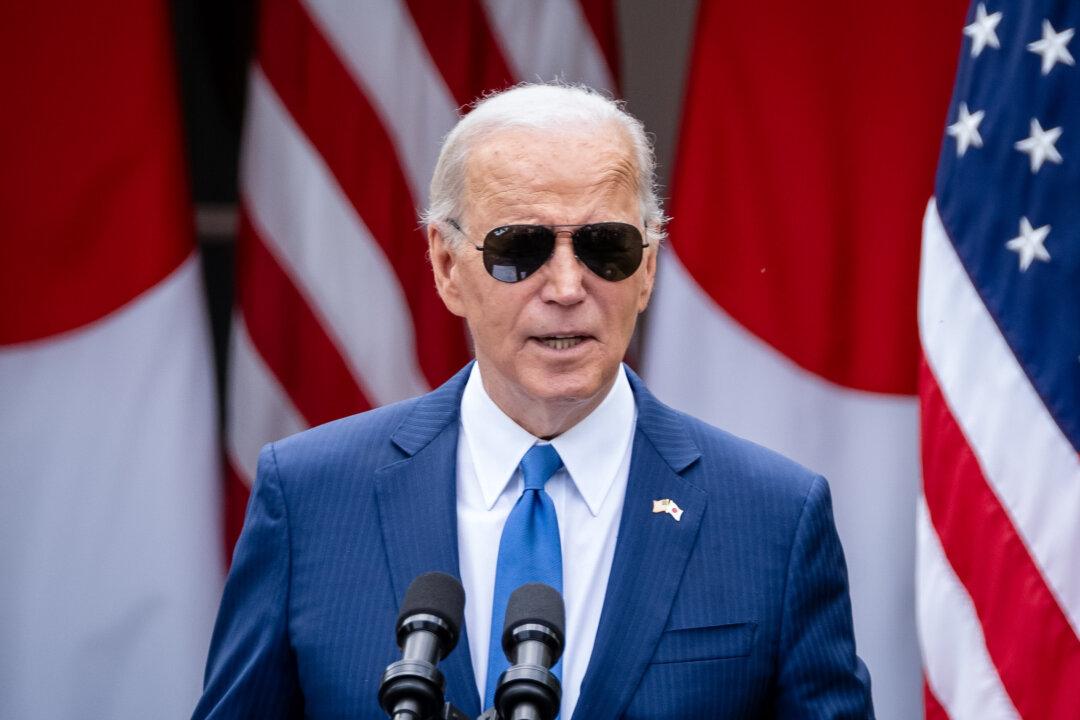The unemployment rate dipped to 3.5 percent, down from 3.6 percent in June. The labor force participation rate slipped to 62.1 percent
Average hourly earnings rose 0.5 percent month-over-month and 5.2 percent year-over-year. Both readings were higher than economists’ expectations of 0.3 percent and 4.9 percent, respectively. Average weekly hours also edged up to 34.6.
Employment growth was broad-based in July, led by notable gains in leisure and hospitality (96,000), professional and business services (89,000), and health care (70,000).
Government jobs swelled by 57,000, construction positions rose by 32,000, and manufacturing employment grew by 30,000. The retail sector added 22,000 jobs.
After the strong job numbers were published, the financial markets turned negative in pre-market trading.
The Dow Jones Industrial Average and the Nasdaq Composite Index shed about 100 points, while the S&P 500 slipped 0.7 percent. Investors think that the Federal Reserve will continue raising interest rates as the labor market endures the tightening cycle, observers note.
It could also reopen talks that the central bank could pull the trigger on a 100-basis-point rate hike, says Jan Szilagyi, CEO and co-founder of AI research firm Toggle.
“For the Fed, this means maintaining a very hawkish stance,” he said. “It’s a negative for the market because of the risk of more aggressive tightening, and the prospect that the Fed hasn’t caught up with inflation after all.”
White House press secretary Karine Jean-Pierre told reporters on Thursday that the administration has been expecting lower job numbers as part of a “transition to stable and steady growth.”
President Joe Biden took a victory lap after the jobs report, praising his economic plan.
“Today, the unemployment rate matches the lowest it’s been in more than 50 years: 3.5%. More people are working than at any point in American history,” he stated.
Labor Force Participation
Even as the unemployment rate fell back to historically low levels, the labor force participation has not been recovering.The labor force participation rate, which shows the share of the population that is working or looking for work, remains 1.3 percentage points below the pre-pandemic level of 63.4 percent.
Some economists believe this trend is concerning for the long-term health of the economy. The decline in labor force participation has been driven by several factors, including vaccine mandates and early retirement among baby boomers.
Surprise Gain
The unexpected gain in employment in July came as recent key labor market data began to show signs of a slowdown.“The job market remains tight, and large-scale layoffs have not begun. There are some indicators that hiring is slowing after months of growth, however,” said Andrew Challenger, Senior Vice President of Challenger, Gray & Christmas, Inc, in a statement.
In the first six months of 2022, more than 133,000 job cuts were announced, up 21.9 percent from the second half of 2021.
“The U.S. labor market remains strong, but its best days may now be in the rearview mirror,” said John Leer, chief economist at Morning Consult, in a statement. “With the Fed raising interest rates aggressively to combat high inflation, businesses are slowing hiring and expansion plans, releasing steam from a red-hot labor market. Whether that slowdown is swift and severe enough to tip the economy into a recession remains to be seen.”
Looking ahead, the Federal Reserve’s continued tightening cycle will affect unemployment since it will trim business investments and consumer spending, says Jill Gonzalez, a WalletHub Analyst.
“Since the cost of borrowing will also now be higher, it could also have a direct impact on employees’ personal finances. Combined, it’s not a very good outlook in terms of unemployment numbers in the short term,” she said in a recent report.
The Federal Open Market Committee (FOMC) is widely expected to raise the benchmark fed funds rate by 50 or 75 basis points at next month’s meeting. By the year’s end, the central bank expects to bring interest rates to around 3.4 percent.





Friends Read Free